Hello Everyone,
It has been such a strange and overwhelming past couple of weeks, and I think if I had to sum it all up in one word it would be - bizarre. As many of you know, I survived my first case of food poisoning last week, but apparently it was a mere link in a chain of unfortunate events surrounding my bubble of friends. The reading specialist at my school recently got bit by a rattlesnake (he's doing much better now), the school psychologist was out for a couple of weeks due to appendicitis, and last night, my boyfriend also caught a bad wave of food poisoning. Bizarre, am I wrong? I'm bracing myself for a plague of frogs to fall from the sky next weekend. I'm serious. All these obscure and rather outlandish situations have really begun to bug me...
So we've been studying insects for a couple of weeks now in Room 13 and we have been having a blast! Hey, with all these weird things happening outside of my classroom, something's got to give! We started with a unit on metamorphosis and transitioned into ladybugs. I've decided to split the two into separate posts as there are lots of things I want to share. This post will feature the butterfly unit and the second part of this post will feature our ladybug unit.
A couple of weeks ago our Make-a-Book was on the Eric Carle classic, The Very Hungry Caterpillar with the sight word being: this. I am simply stunned at how far my students' illustrating abilities have come. I think illustrations are such a powerful way to check for understanding in a grade level where both written and oral language abilities are quite limited.
My students were also really excited for their new storytelling center. Using laminated picture cards and sequencing words/days of the week, students took turns manipulating the materials and retelling The Very Hungry Caterpillar to their center groups - an excellent activity for retelling stories, oral language practice, and listening to others.
Through interactive writing, we wrote about and illustrated the process of butterfly metamorphosis.
I found a really effective way to make learning new science vocabulary fun was to challenge my students to incorporate what I called "first grader" words over "kindergartener" words. My kids were so proud whenever they used the first grader word chrysalis over the kindergartener word cocoon. The new vocabulary words stuck within days. To help cement the new topic vocabulary, we did a popular pasta craft. To have students understand the relationship between the first grader and kindergartener words, I created a worksheet that encompassed both and organized them in a way that was easy to see and remember.
For a beautiful statement art project that really brought our classroom to life, we also worked on a Very Hungry Caterpillar mural. Using leftover tissue paper from their butterfly craft, students got to choose one of the food items (I encouraged them to stay away from the junk food items) from the story and write what the caterpillar ate. I absolutely love the way it turned out!
For the butterfly craft mentioned above, I traced and cut out butterflies and had students decorate them with tissue paper during one of their center rotations. I hung them on our ceiling for a life-like spring classroom atmosphere.
Because I'm a firm believer in saving resources where I can, I used leftover scraps and had students make their Mother's Day cards. On one side they used the remaining paper from the cut out butterflies as an outline to create a tissue paper mosaic and on the other side, they filled out their "My Special Mother" worksheet. Once they were done, I laminated them onto card stock and they were ready to be sent home. Some of them were just darling and others were just hilarious to read!
"My mother is the most wonderful mom in the world! She is as pretty as a girl. She weights 21 pounds. She is 20 feet tall. Her favorite food is everything. When my mom was little she used to play with my daddy. The prettiest thing about my mom is her dress. I wouldn't trade my mother for a caterpillar."
"My mother is the most wonderful mom in the world! She is as pretty as a butterfly. She weighs 17 pounds. She is 3 feet tall. Her favorite food is cereal. When my mom was little she used to go for a walk. The
prettiest thing about my mom is her hair. I wouldn't trade my mother
for a rose."
"My mother is the most wonderful mom in the world! She is
as pretty as a princess. She weighs 67 pounds. She is 9 feet tall.
Her favorite food is fish. When my mom was little she used to have my teddy bear. The
prettiest thing about my mom is she takes care of me. I wouldn't trade my mother
for my teddy bear."
"My mother is the most wonderful mom in the world! She is
as pretty as a ladybug. She weighs 50 pounds. She is 6 feet tall.
Her favorite food is burritos. When my mom was little she used to eat burritos. The
prettiest thing about my mom is her ponytail. I wouldn't trade my mother
for the pet shop."
"My mother is the most wonderful mom in the world! She is
as pretty as a motorcycle. She weighs 2 pounds. She is 10 feet tall.
Her favorite food is pizza. When my mom was little she used to play. The
prettiest thing about my mom is her baby. I wouldn't trade my mother
for a motorcycle."
For math, my students needed extra practice with their 20s so they made caterpillars utilizing ten frames to help them represent their 20s.
Lastly, I was able to purchase a live butterfly kit through insectlore.com and created a metamorphosis observation center. My kids were on butterfly watch for weeks. It was fantastic! :) Even as an adult, I really enjoyed watching the process of metamorphosis first hand. I never got to experience it in my elementary school days so I was really delighted to be able to share and provide it for my students my first year of teaching.
Believe it or not, since I wrote this post, 4 of the 5 chrysalides have hatched into painted lady butterflies (we had one runt caterpillar that took an extra week to hang upside down while the other ones had already begun transforming so I suspect it will need a little longer). Lucky for us, the butterflies decided to emerge during class! Even though he should've been on the rug listening to the read aloud, one of my most enthusiastic students on constant butterfly watch had interrupted our read aloud to tell me that the butterflies were coming out. So, we paused the story and went over to observe them break free - super cool.
Teachable moment - when the butterflies emerge, there will be red stuff (or as my students called it "red juice") that looks like blood but it's called meconium. It is a metabolic waste product from the pupal stage that the butterflies will expel once they're out. I had to look this up once school was over and during class, I had told my students that my best guess was that it was blood but that I would get back to them after the weekend. See, teachers are life-long learners too! :)
As always, thanks so much for reading and to read more about or ladybug unit click here.

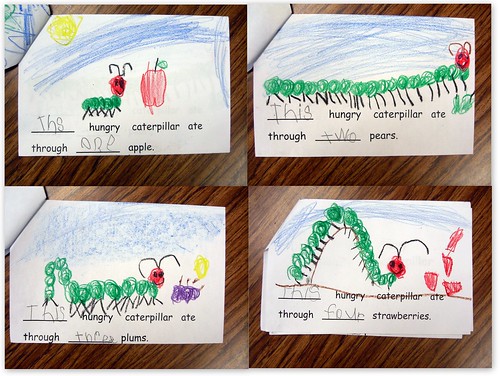
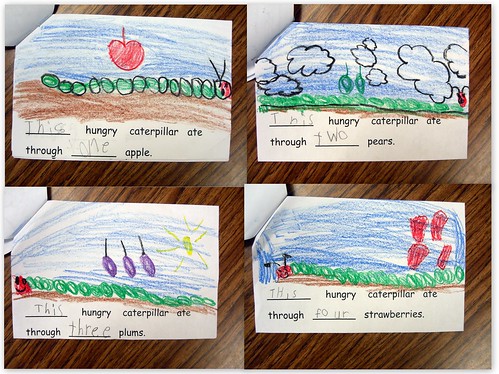

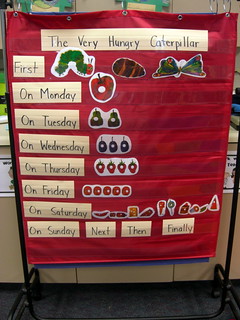
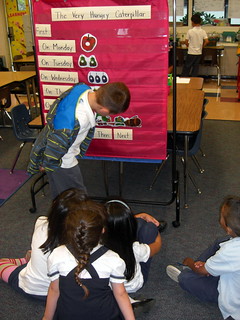

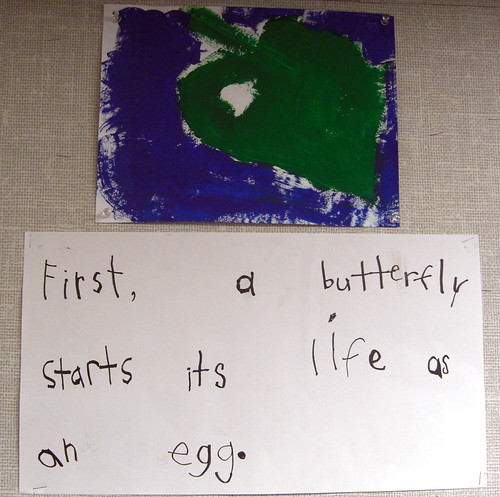

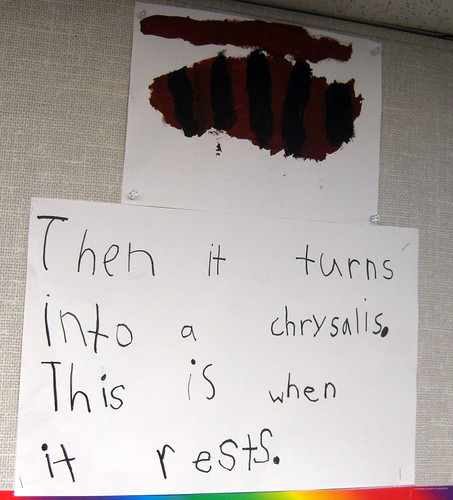

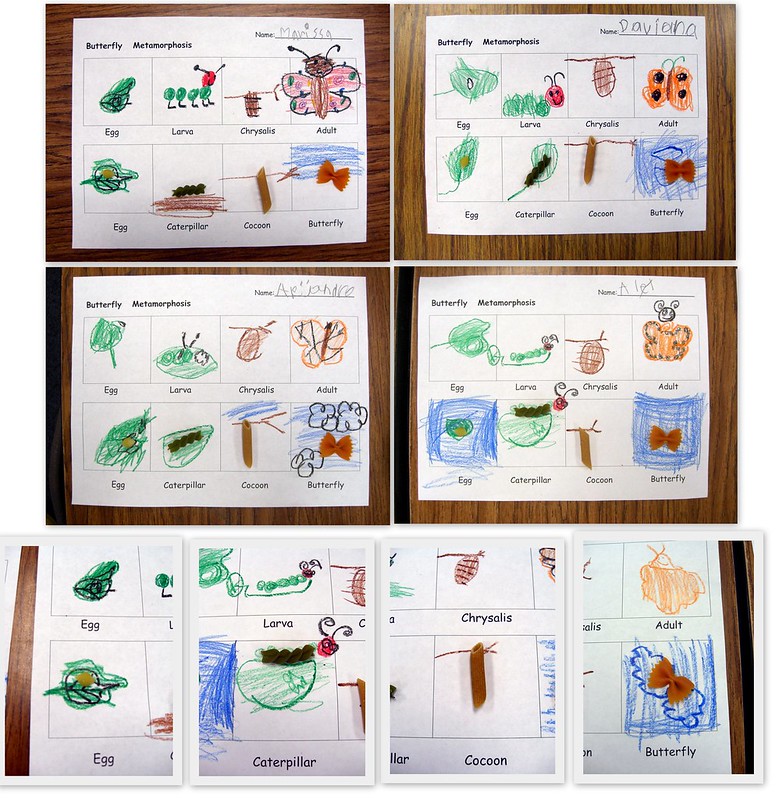

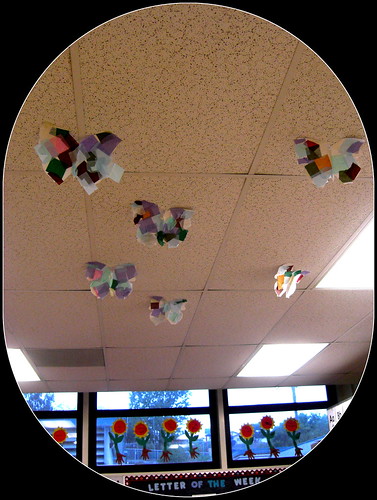
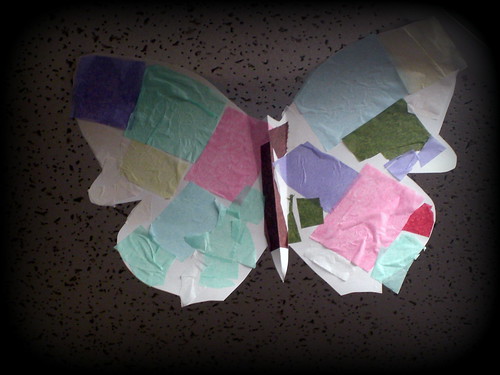
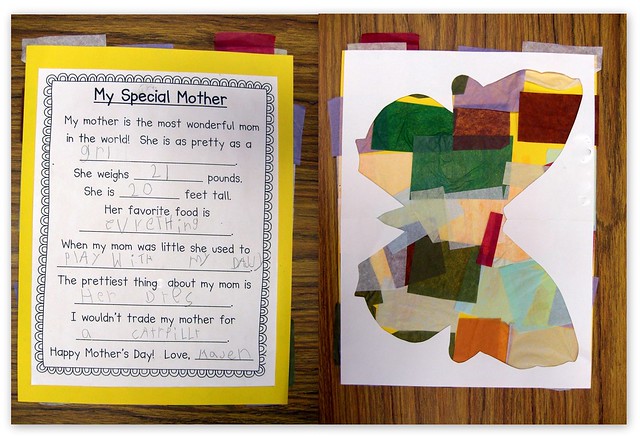




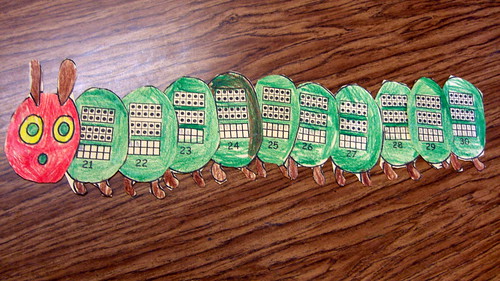
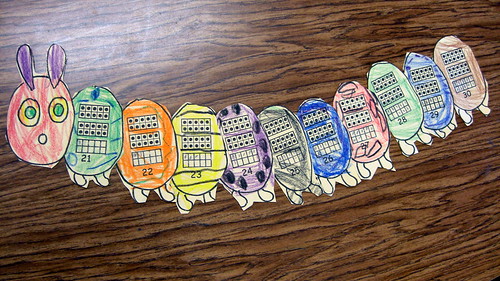
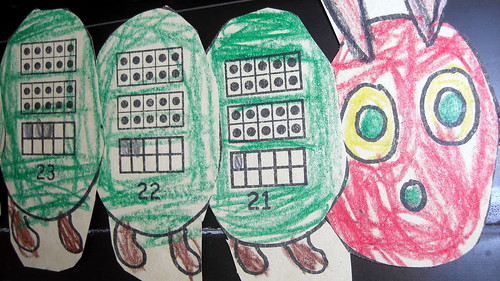

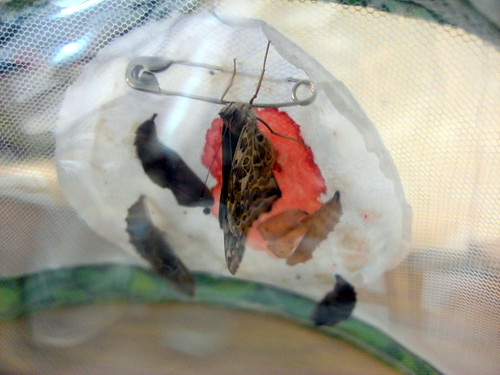
No comments:
Post a Comment